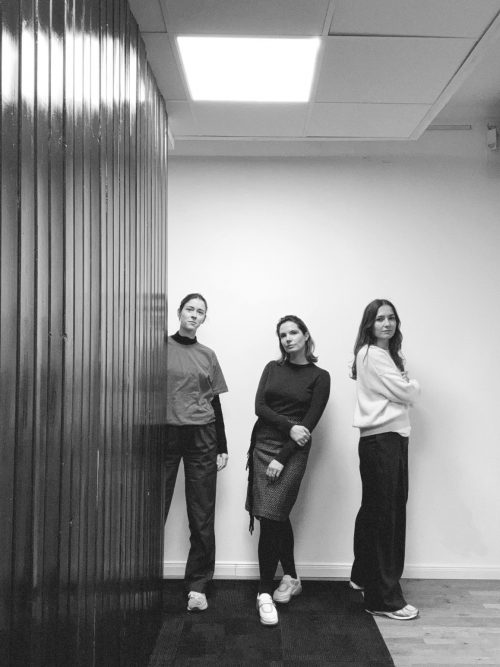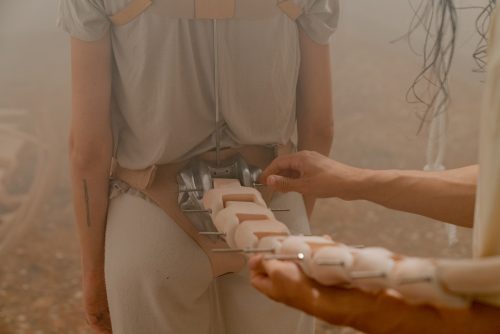
Luz Blanco
FLOATING IMAGES

Luz Blanco, Pacific Riot Installation, 2022, 16 banners (Archival print on matt fibre paper), metal rod, Variable dimensions
Advertisement
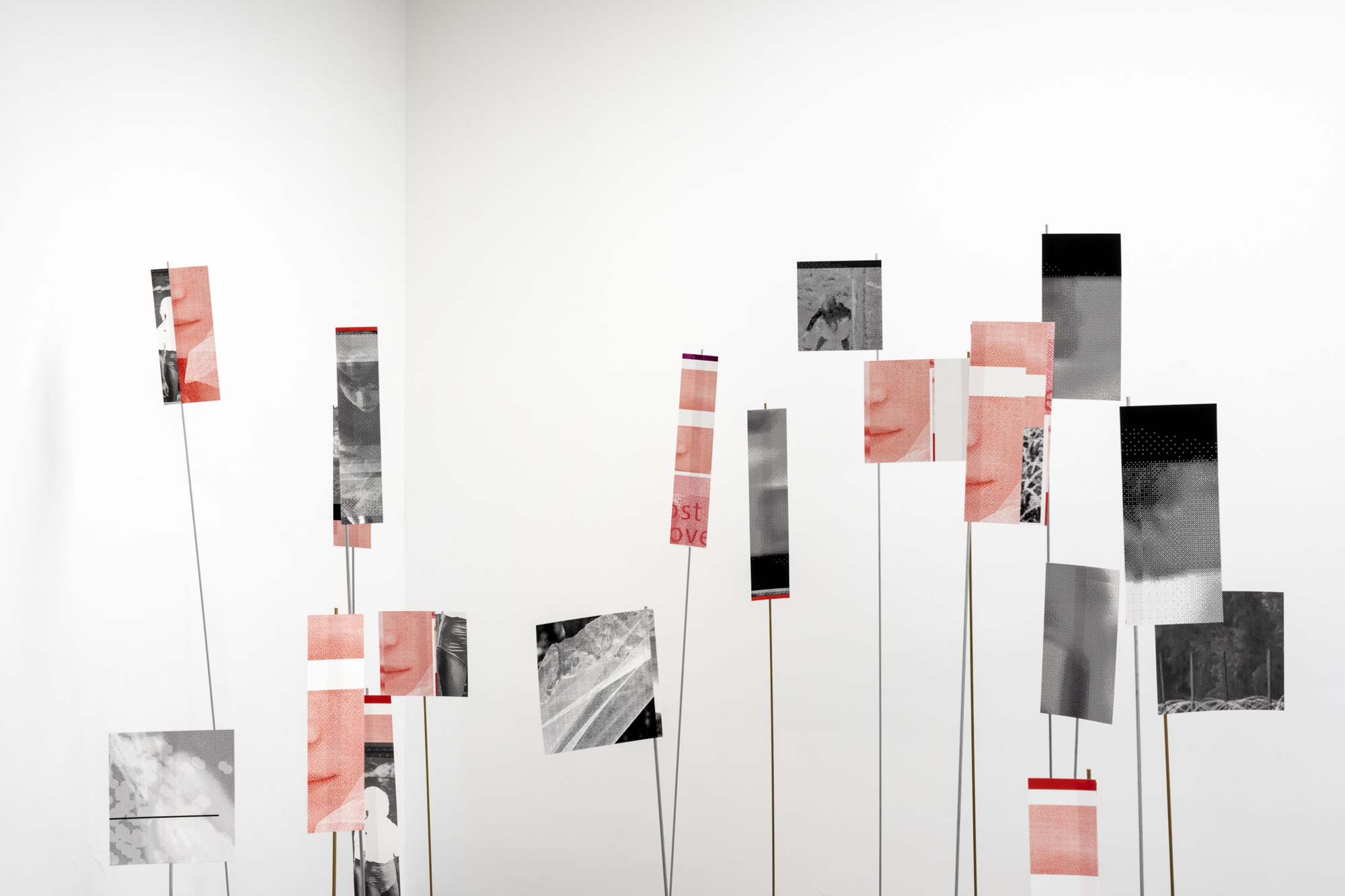
Luz Blanco, Pacific Riot Installation, 2022, 16 banners (Archival print on matt fibre paper), metal rod, Variable dimensions
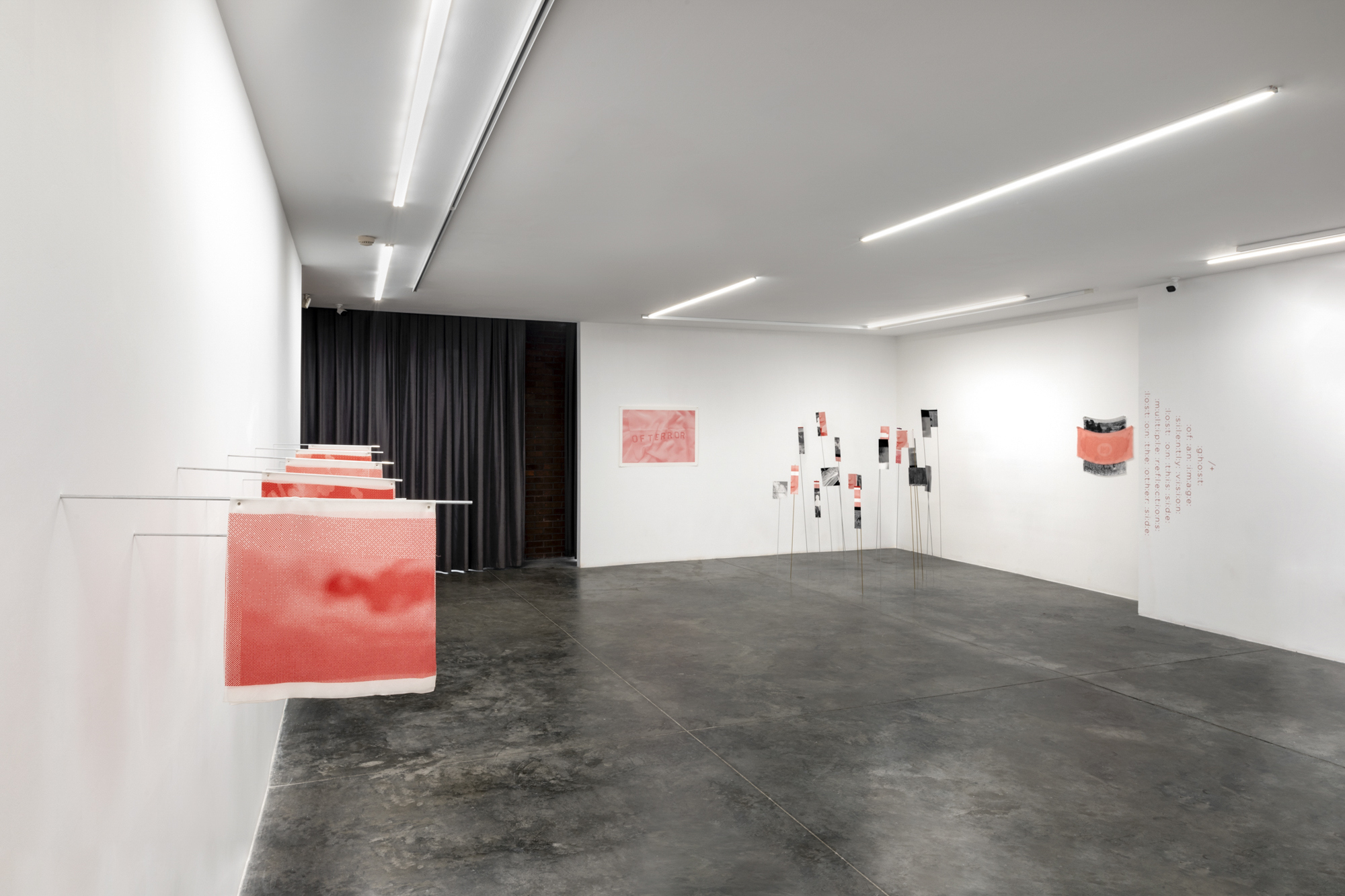
Luz Blanco, Floating Images, Installation shot
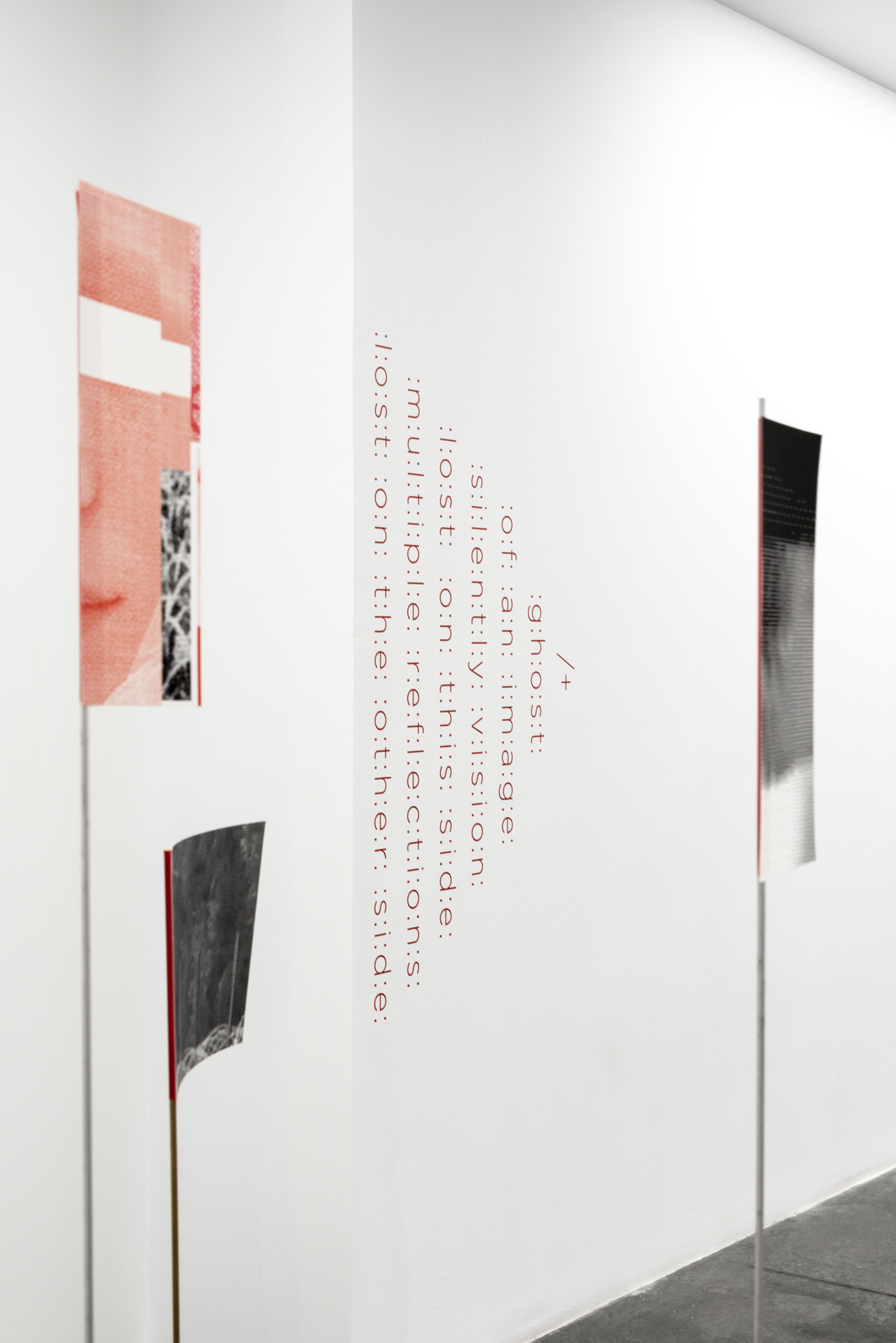
Luz Blanco, Floating Images, Installation shot

Luz Blanco, Mantras Installation, 2022, 10 flags (Print on silk), metal rod, 3 + 1 AP, 30 x 30 cm, 50 cm (each one)
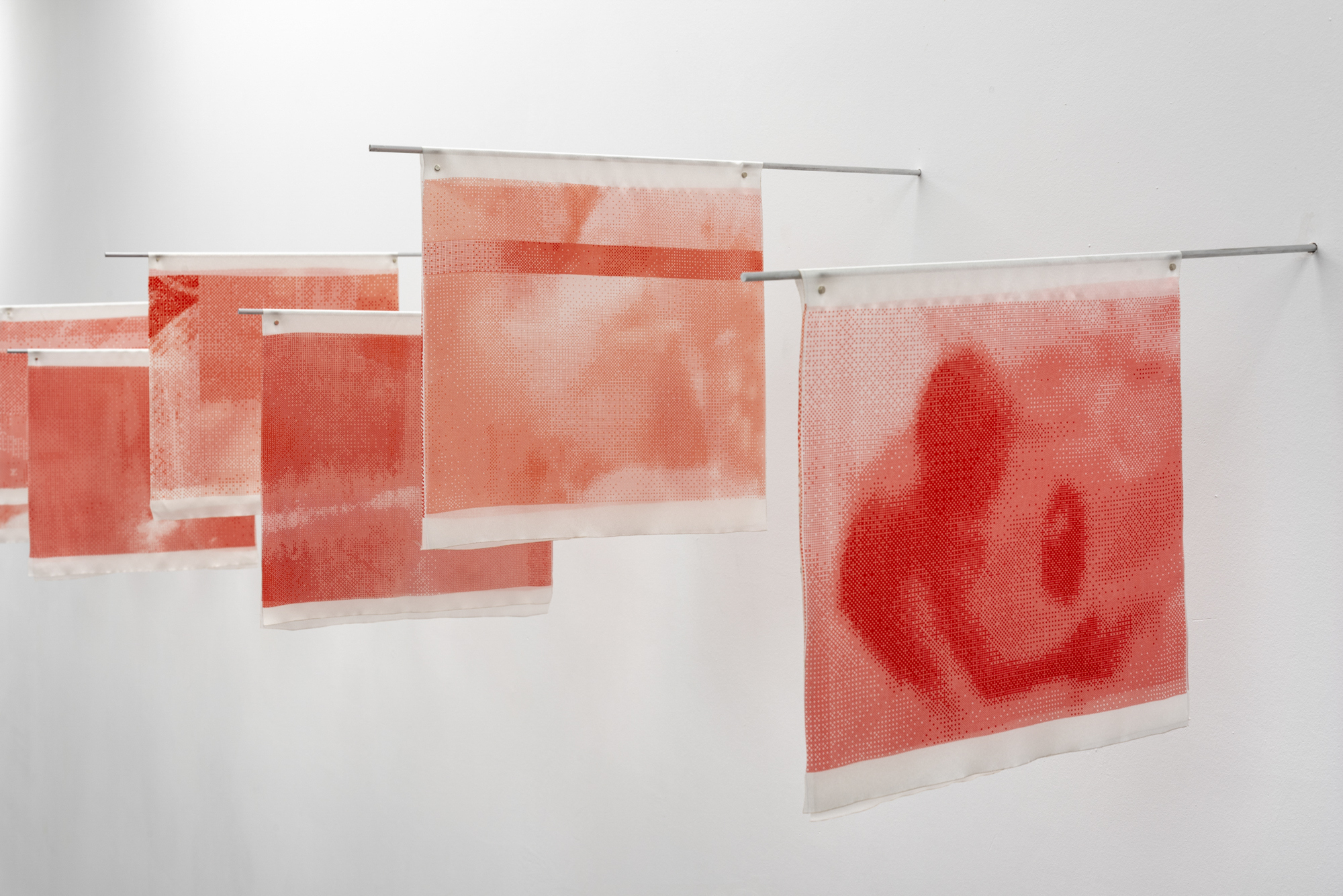
Luz Blanco, Mantras Installation, 2022, 10 flags (Print on silk), metal rod, 3 + 1 AP, 30 x 30 cm, 50 cm (each one)
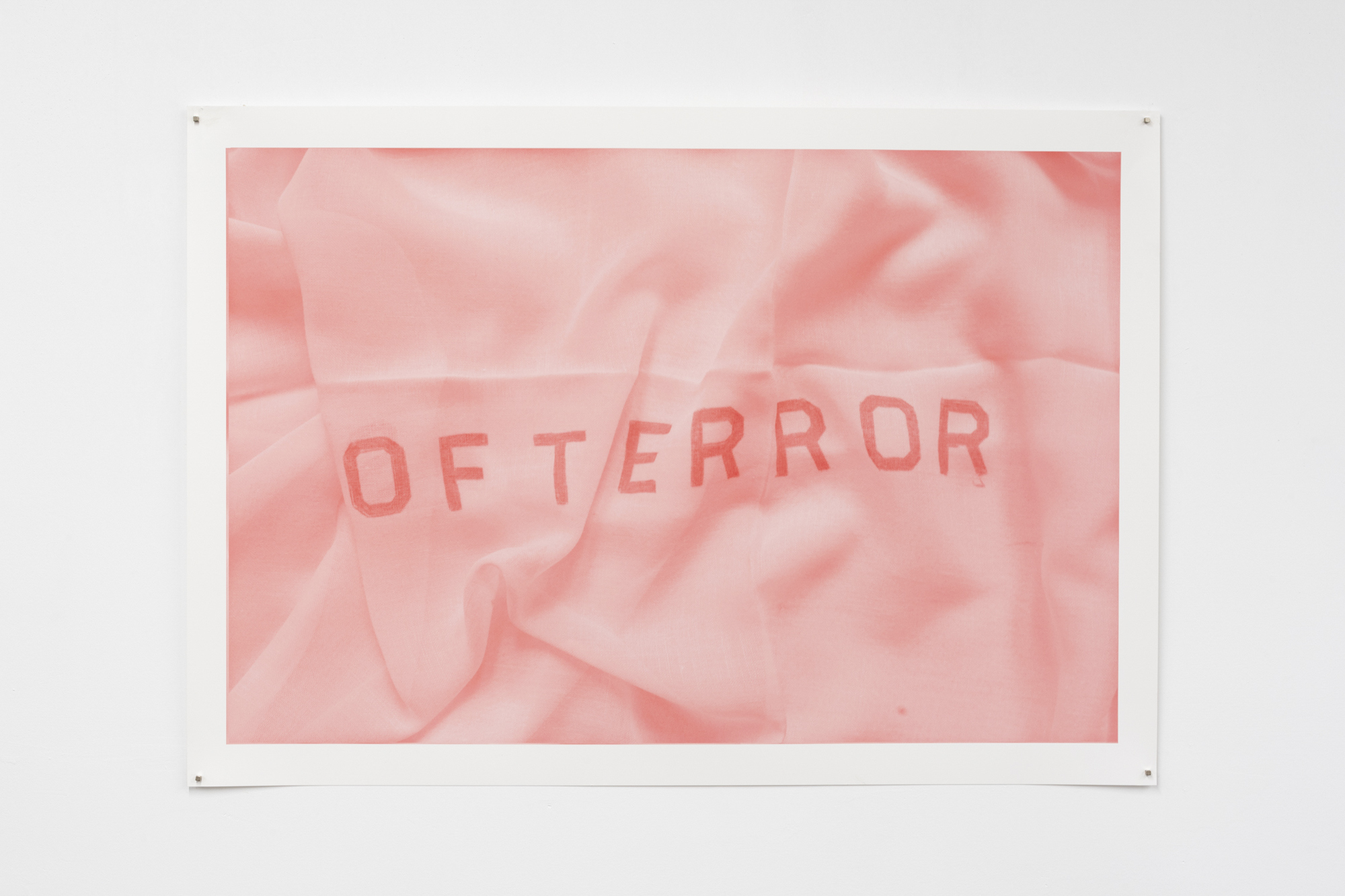
Luz Blanco, Of Terror, 2022, Archival Print on fine art paper, 70 x 100 cm
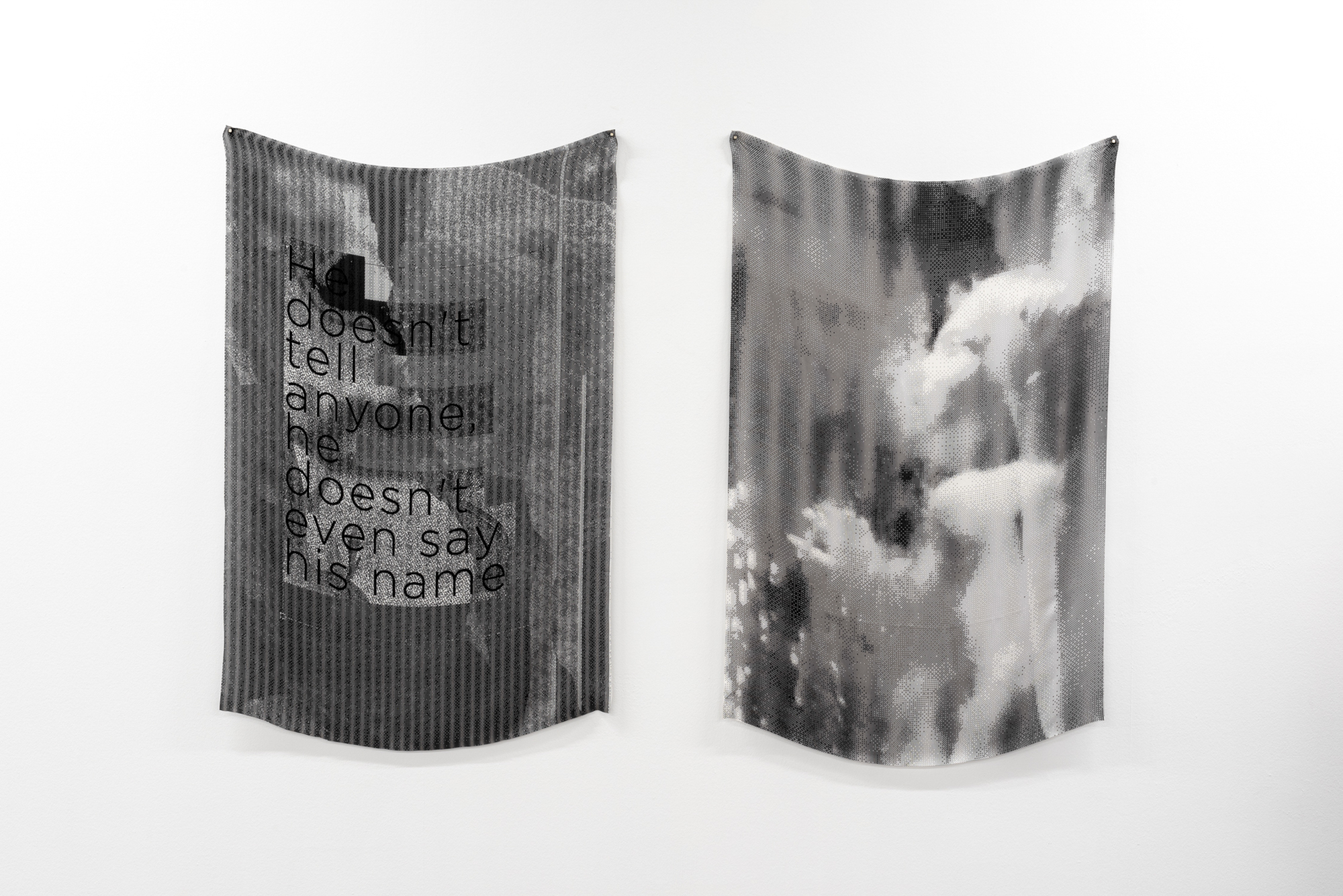
Luz Blanco, Ghost 2-3, 2022, Print on silk, 3 + 1 AP, 100 x 70 cm
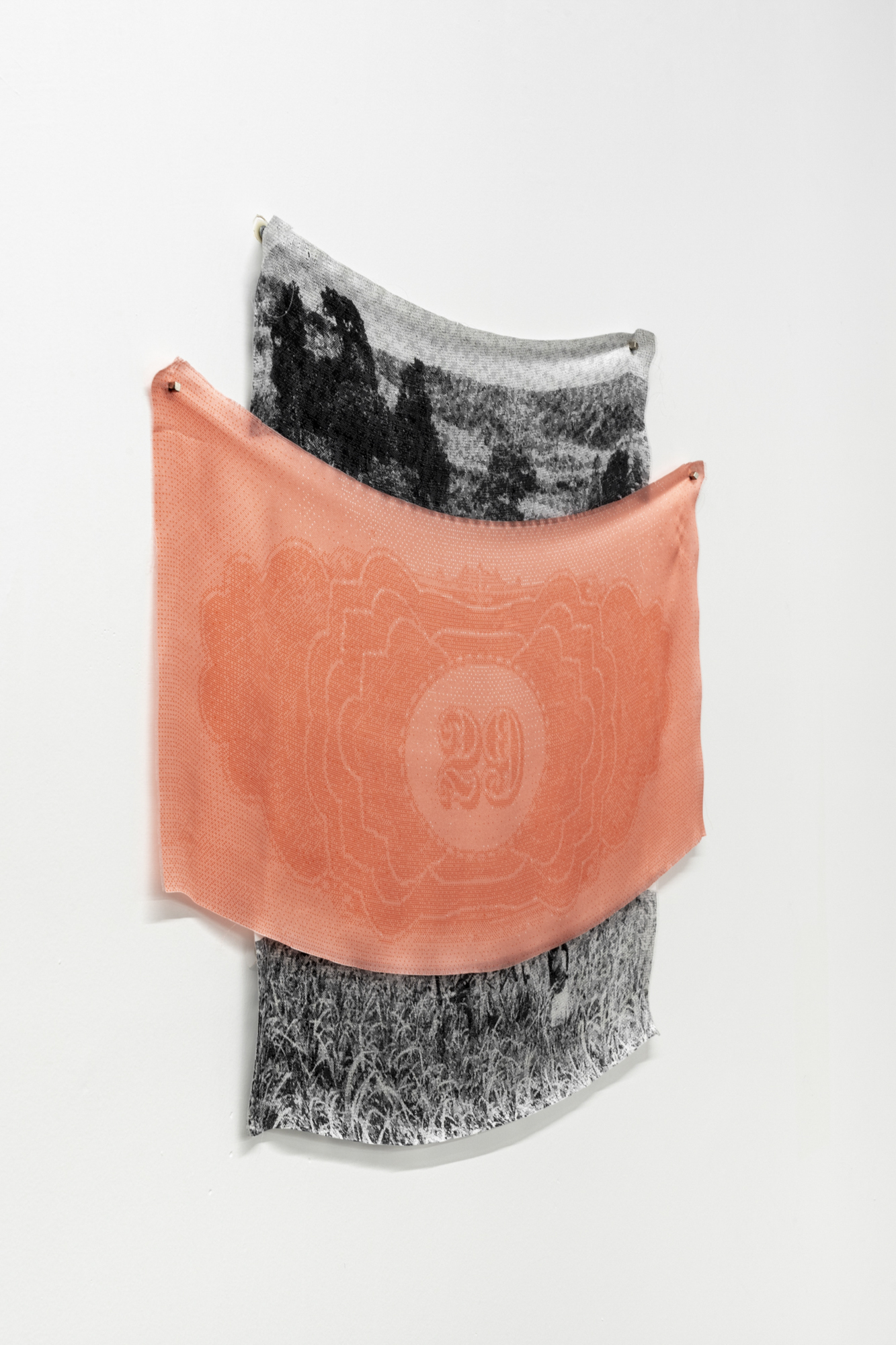
Luz Blanco, Landscape, 2020, Print on silk, 3 + 1 AP, 55 x 77 cm
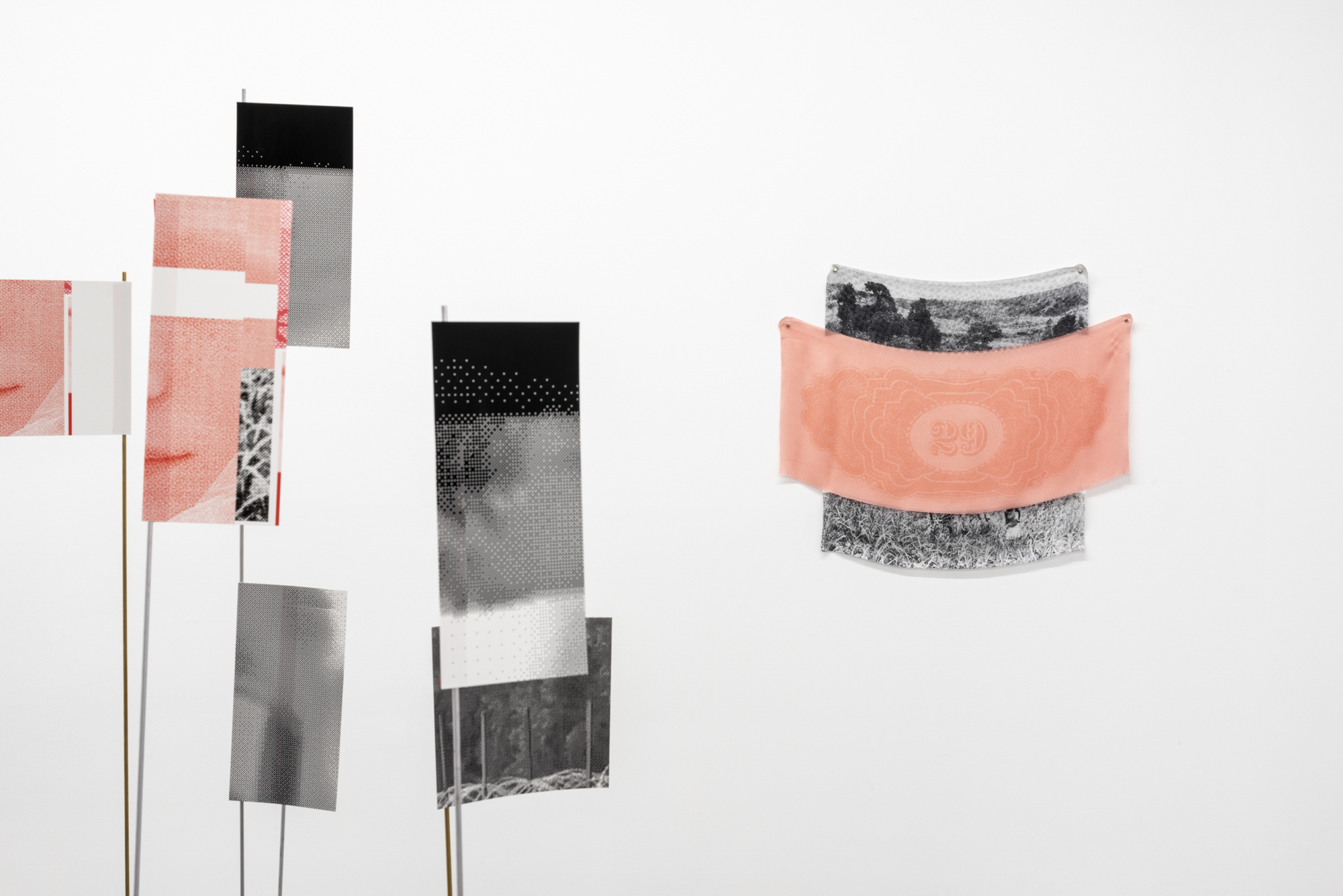
Luz Blanco, Floating Images, Installation shot

Luz Blanco, Wall poem, 2022, Foliocut, Variable dimensions
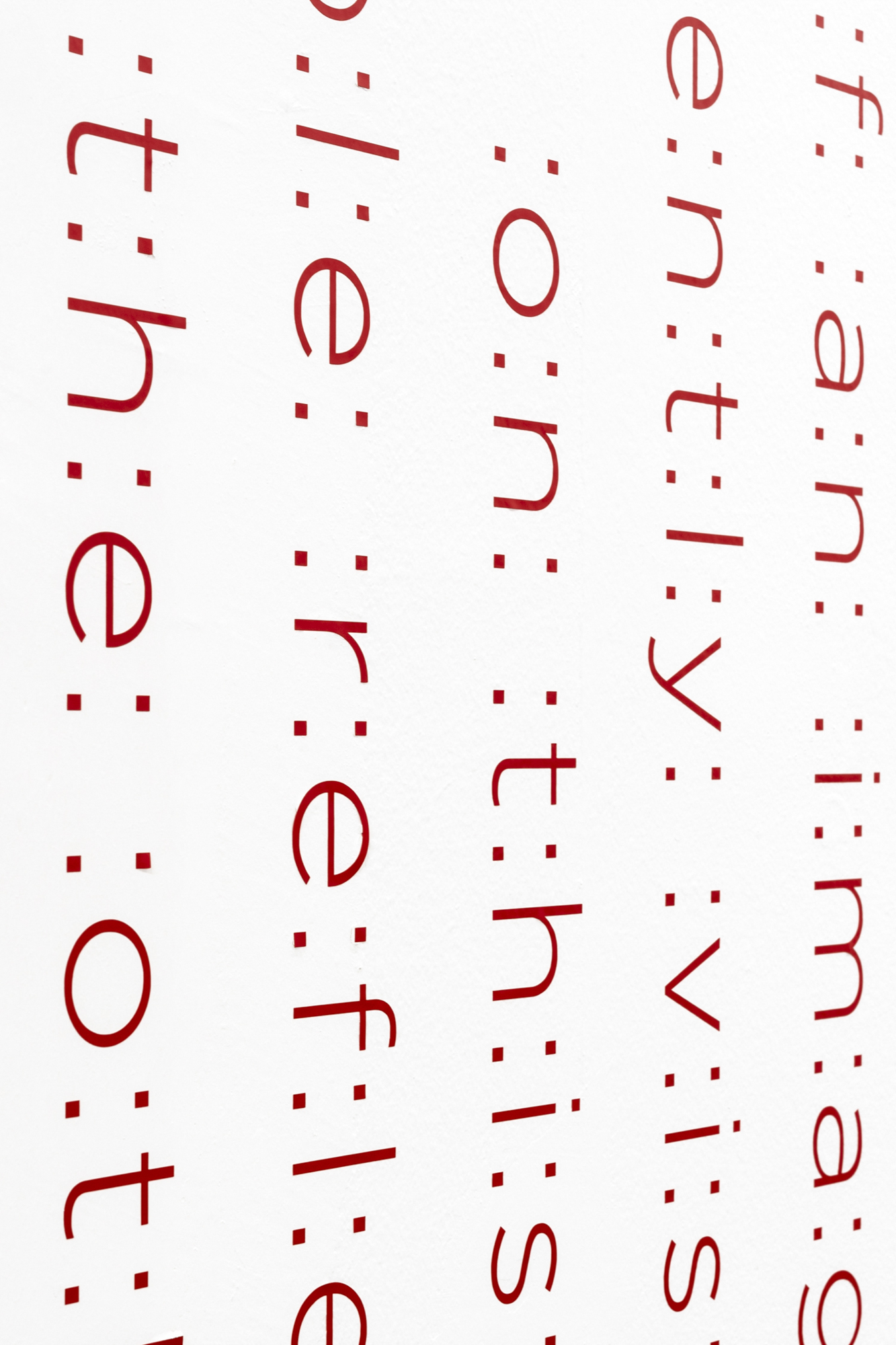
Luz Blanco, Wall poem, 2022, Foliocut, Variable dimensions
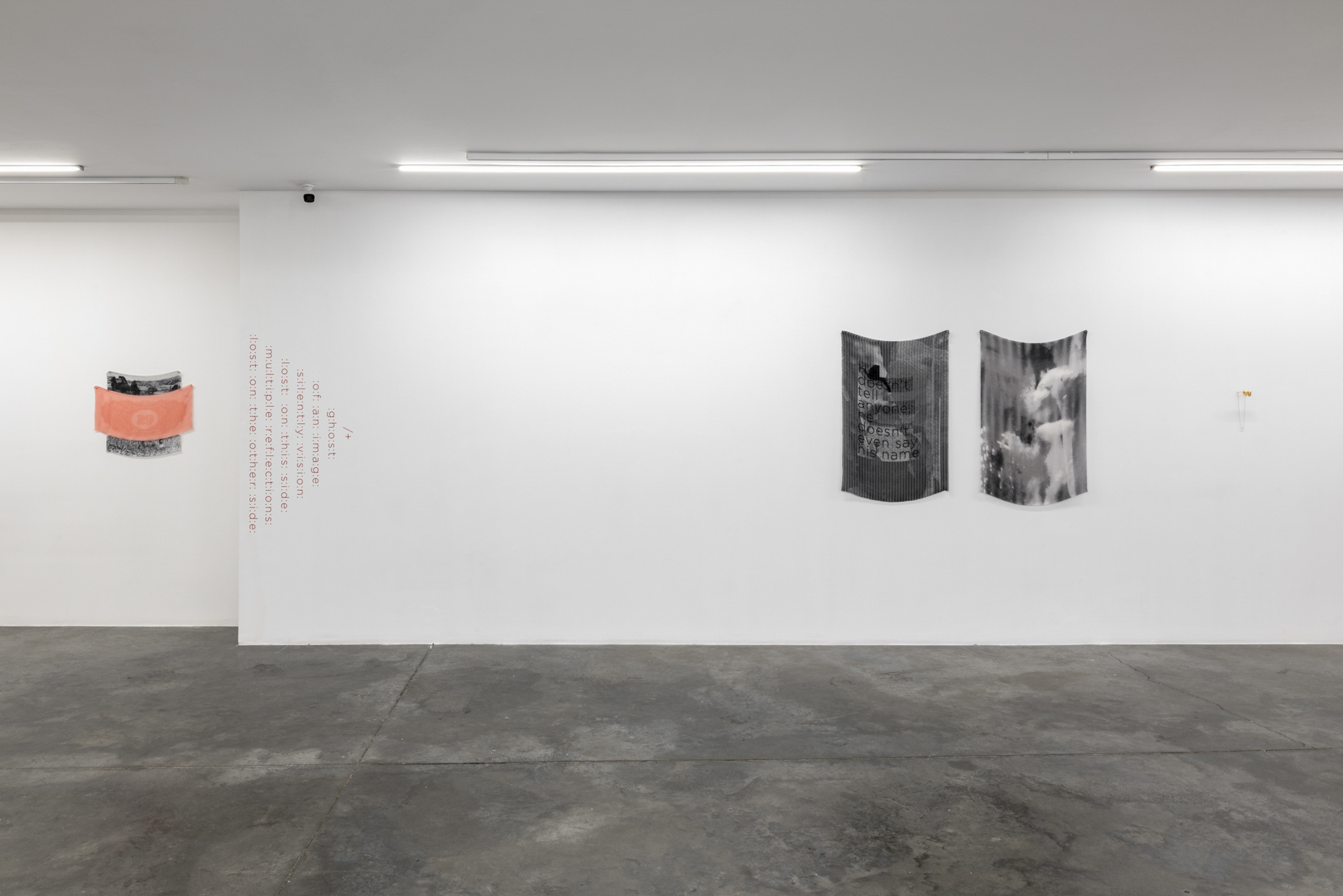
Luz Blanco, Floating Images, Installation shot
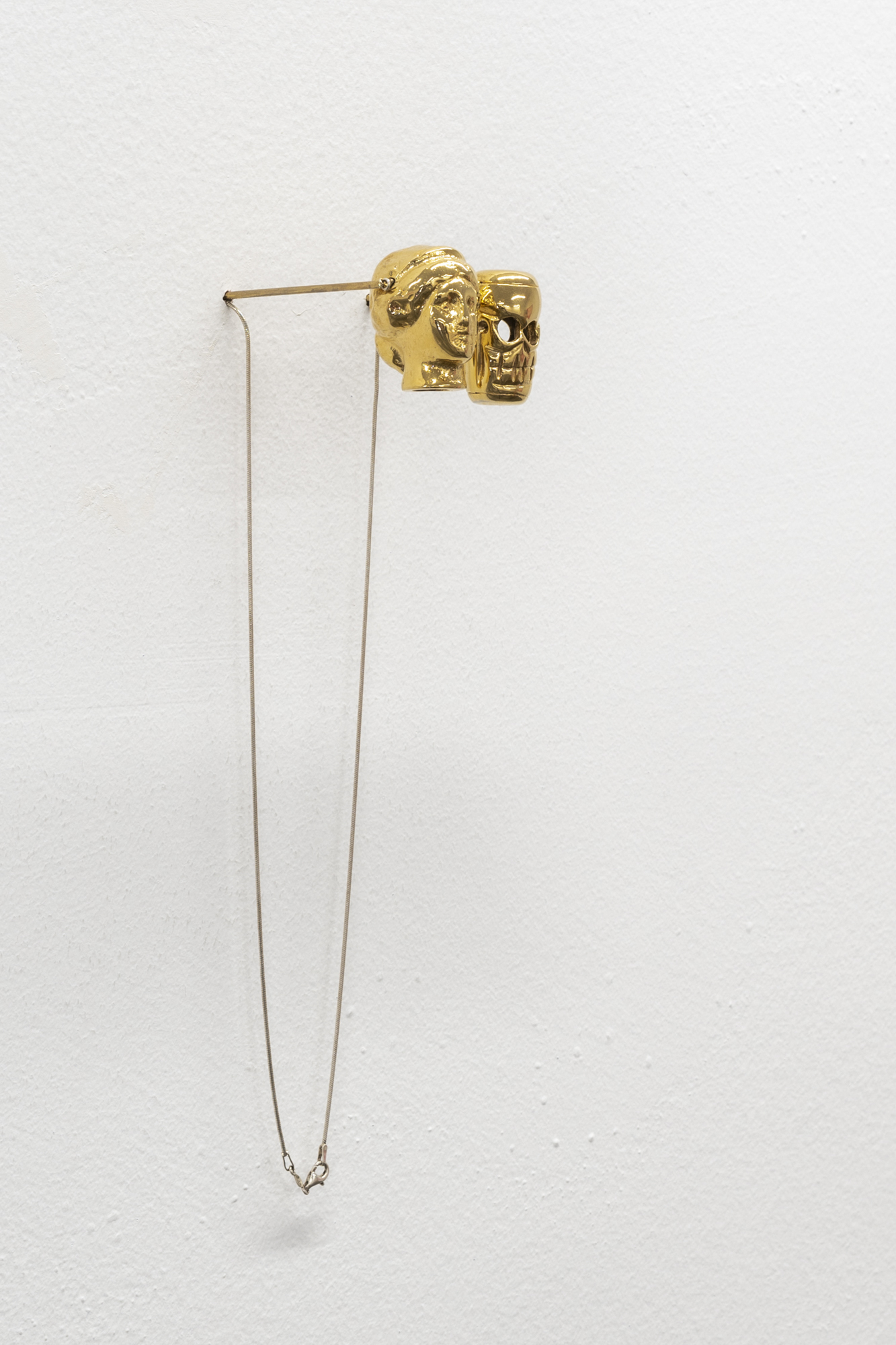
Luz Blanco, Vanitas, 2017, Necklace, gold and silver, 8 +2 AP + 2 SP
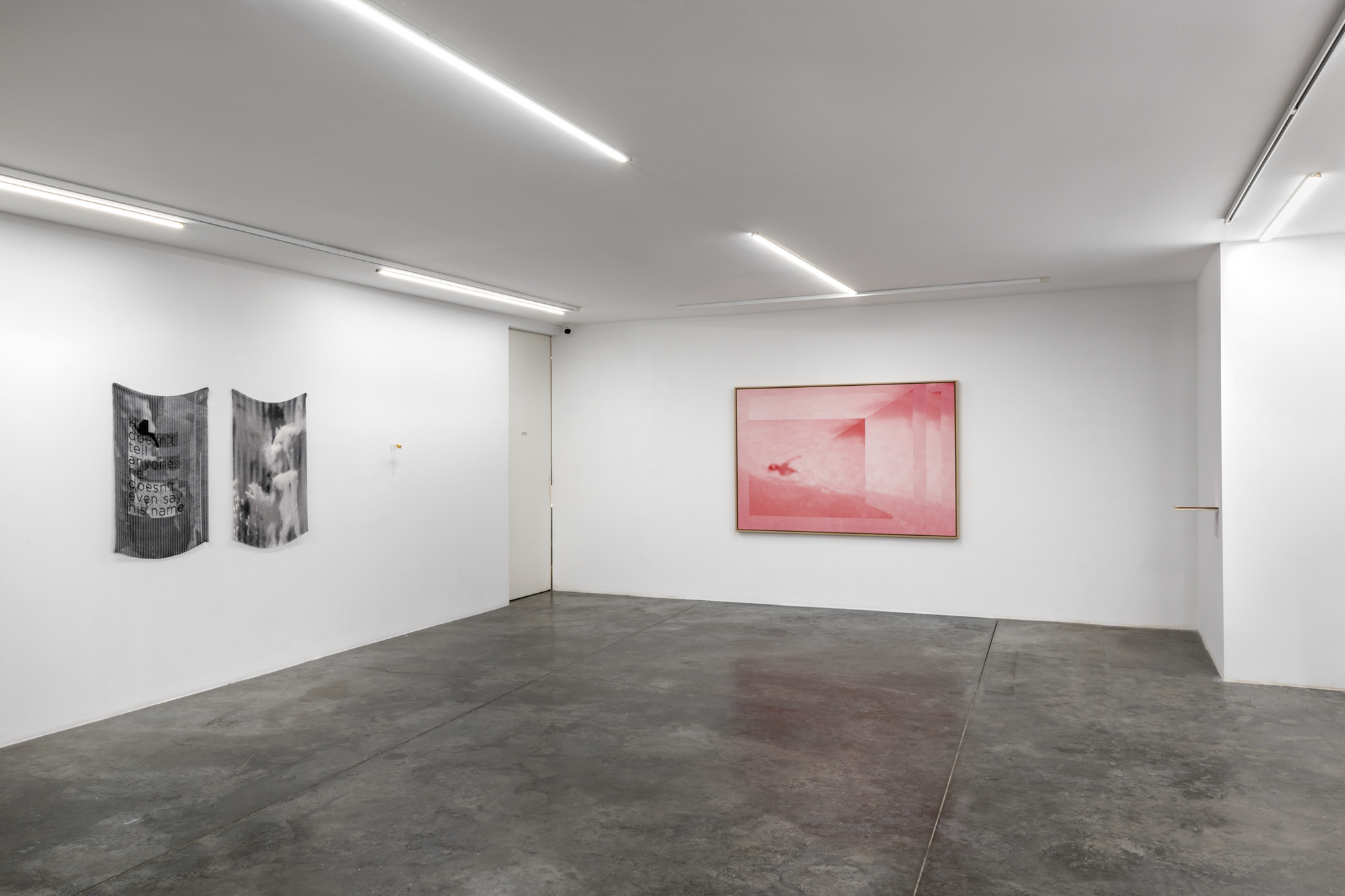
Luz Blanco, Floating Images, Installation shot
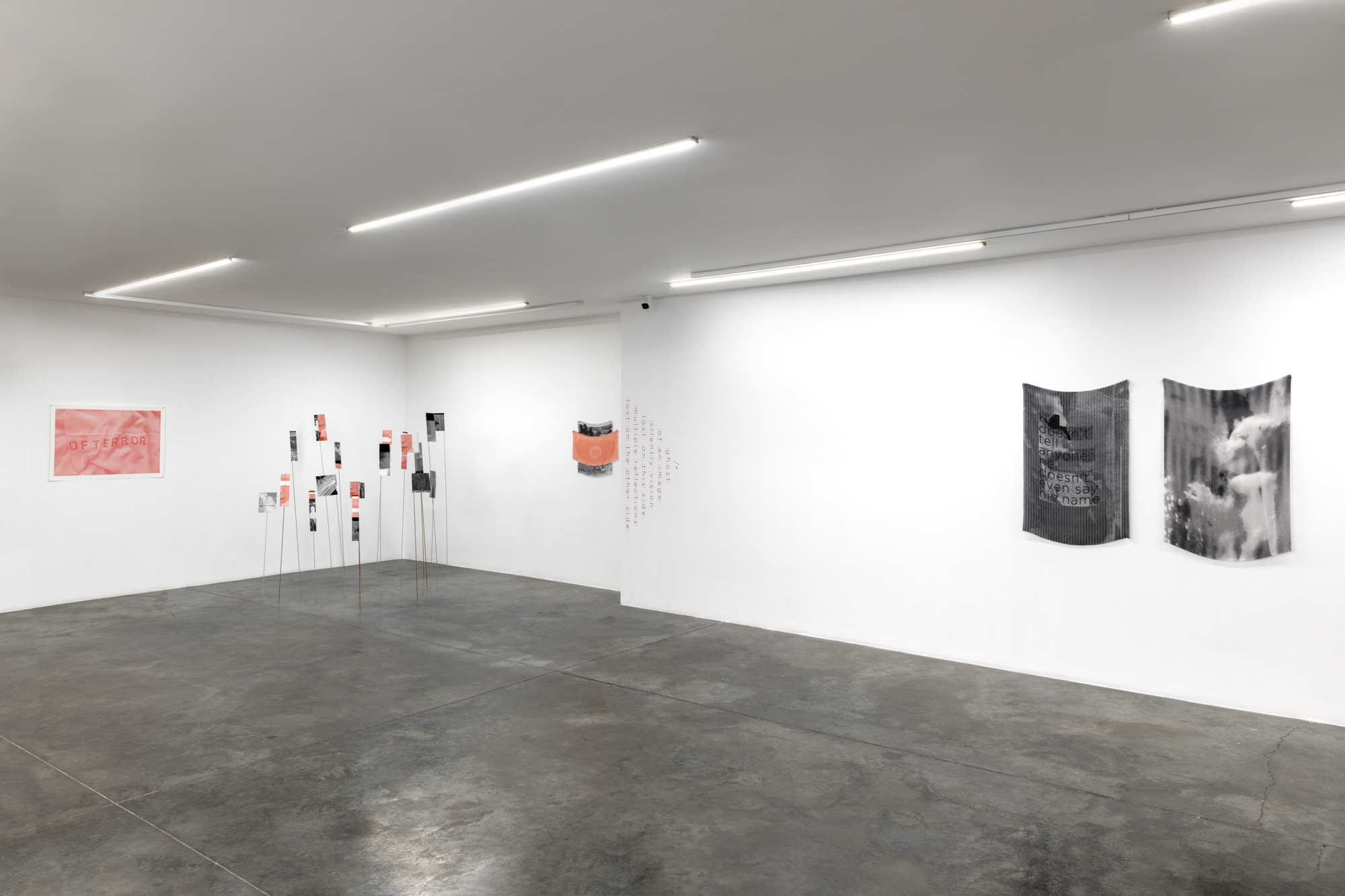
Luz Blanco, Floating Images, Installation shot
“Wet Memories of the Immediate Future”*
“Floating Images” seems to take place in a lapse of memory, in the scintilla of space and time separating one mechanically reproduced image copy from another, an infra-distance barely enough for an accident to occur, for a glitch to slide in and to signal a deviation from the program, which serves as a metaphor for memory: every remembering is a forgetting. Like the before / after instant of the blink of an eye, or the distance separating binocular vision into two varied images of the same, the gallery space and the exhibition occur in the movement between two seemingly repetitive images: “Soft Amnesia” displayed on the window front facing the outside, and “Soft Amnesia” installed on the back wall dominating the rectangular gallery space. Now, before we continue, you might want to try to remember what you saw on the window front before you were inside the space. You might also want to go back outside to look at what you saw before entering the gallery, while trying – and failing – to remember precisely what separates the two.
“Floating Images” is an exhibition that requires movement as an exercise of seeing, forgetting and remembering all at once, an exercise to learn to get comfortable in the face of doubt and uncertainty.
“Soft Amnesia” carries simultaneously multiple projections and effects of erasure, fragmentation and juxtaposition. The surface image – a print on paper – oscillates between a myriad of potential and virtual meanings: it could be the eroding trace of a bygone day at the beach, a body floating on the surface of water, in process of losing its precision as an indexical trace or an imprint, and gaining in turn a quality of imagination and dream. It could also be a body propelled by an engine, like a spacecraft, leaving a wake of clouds behind it as it pierces through the atmosphere. It could be a missile wayfaring through the sky on a predetermined trajectory to capture a target, or a drone on a reconnaissance mission, projected towards regions of the universe yet unknown; or even, the microscopic visualization of a biochemical agent inserted into the cellular structure of an organism in a lab experiment. It could be an accidental image, and the image of an accident at the same time, reminiscent of those pixelated images of human bodies falling through heights, captured by unintentionally by an amateur camera or a surveillance machine. As such, it serves as a metaphor for that precise historic moment when image-making devices escape human intention and start operating as parts of an inter-objective network – whereby which machines communicate with machines to remember in our place, to coordinate physical movement through geolocalization systems or to manage logistic circuits for objects and information to move in the world.
Luz Blanco has spent the past decade investigating how the technological shifts in image production and circulation compose with and affect human memory, in its subjective and collective aspects. In the process of making of these works she proceeds through a careful selection of visual and textual elements from personal and institutional archives, including found images and film stills, that she carefully combines, fragments, erases and juxtaposes through several translation processes from digital image manipulation to projection and manual drawing and then back to digital renderings and printing techniques. Through each one of these operations, the virtual and the physical, human mind and artificial intelligence, carbon and silicone, the pink marks or beats of remembering and the white space or silence of forgetting interrupt one another and compose with each other. The images thus obtained converge in pointing to the speculative aspects that characterize what we understand by the notion of memory in 21st century, as a hybrid thing made up of pixels, indexical traces, data flows and interruptions, flesh and biochemical cells, fiber optic cables and central nervous systems. We are after all in the age of semi-solids and soft kills, of semi-conductors and soft errors: a slow and steady administration of violence and trauma in small doses carefully wrapped in blissful oblivion.
A spectral appearance from Blanco’s last solo exhibition at the gallery, the twin framed works “Soft Error” and “Of Terror” convey this paradigm weaving desire and repression. The texts-as-image appear through a mise-en-abime as image printed on textile, photographed and printed again on paper. Variations of meaning appear through what seems to be accidental curls and folds of the textile medium. The absence or presence of letters as well as variations of distance act as smooth transitions between the word “soft error” – a permanent loss of data in computer and electronic systems due to cosmic rays affecting silicone chips or noise phenomena – and “of terror”, hidden inside the first one, suddenly revealing itself like a piece of memory lost and retrieved by accident.
Is this the terror of forgetting or of remembering?
“I remember, I don’t remember, I believe I remember, I don’t want to remember.”
In the new series “Mantras”, the choice of the silk fabric as the medium of these images not only gives these works their floating material quality, it is more importantly a reflection on the (im)materiality of the digital image itself. The binary matrix is shared by the primitive, artisanal origins of weaving through warps and wefts; the punched cards that control the mechanical movements of a player piano or a Jacquard loom and the binary code of computing systems based on the numbers 0 and 1. An infinite pool of possibilities based on serialized equations of either / or cutting across the most physical and manual of productions and the most abstract and immaterial data flows. Furthermore, Blanco’s images on silk are not simple one-sided surfaces stretched on a wall, but they are textile and tactile in their very being, encompassing the fabric’s permeability to natural elements of wind and water, to be blown away and float, curl and fold, to cover and shelter another object or form, or to act as a screen that exposes and reveals an underlying shape as much as the one printed on its surfaces. Each one of these possibilities of composition are present at once in her installations, they are visual as much as sculptural and performative, and require the movement of the audience in order to be fully perceived. As installations, both “Mantras” and “Pacific Riot” furthermore reference collective action and memory. They are reminiscent of banners carried in protests and resistance movements against programmed oblivion and blindness.
Several other works in the exhibition are mobilized as remnants from Blanco’s past exhibitions in this very same space and elsewhere, they acquire new life and draw carefully selected connections to her own body of work as a resonating memory-organism on one hand, and characterizing collective memory as a battlefield between operations of erasure and attempts at consolidation on the other.
“Landscape” carries two of the most identifiable images in this exhibition. Composed of two overlayed textile images, one occluding the other, the work brings forth the subterranean ties between financial speculation and food and agriculture policies on one hand, and the repressed colonial heritage still actively affecting and determining global politics today, on the other. The image of a Cuban sugar bond from 1922 exchanged in US financial markets hangs in front of the black and white print depicting a scene from a sugar plantation in Cuba from the same period. Above the stock exchange bond, we can only see the trees delineating the plantation, and below it, three partially visible human bodies among sugar canes. “Landscape”s reference to the early 1920s is not a coincidence as this was the moment when US banks gave large loans to Cuban sugar producers to profit from the speculative boom in world sugar prices – following the collapse of which, the same banks would take over defaulting sugar producers. This is a well known and documented method of expropriation. But the history that “Landscape” activates does not begin nor end there. It harks back to the introduction of sugar cane to the Caribbean by Christophe Columbus himself in early 16th century, paving the way for what we now call “monoculture” across the globe under the administration of colonial botanical knowledge centers and the slave-plantation economy that was invented for sugar production. Throughout centuries, as the value of sugar bonds increased over speculative booms, new labor power could be afforded massively via African slave trade into the Caribbean. Even when slavery was abolished in the UK and in the US, it persisted in Cuba in late 19th century. Throughout wars between British, Spanish and French colonial powers up to Northern American imperial interests, and later, trade privileges with the Soviet Union, Cuba has been part of an imperial periphery dependent on sugar cane and beet monoculture to survive.
Every claim of a break from history betrays continuity. Celebrated memories black out censored ones. This is a type of ‘duress’ that is not discernible in the dramatic scenes of global politics, but persists through low frequency, quotidian comings and goings, generic everyday exchanges.
“Landscape” takes its strength from the relation of occlusion between the two surfaces in contact: the sugar bond does not only cover a large portion of the image underneath, but if you lift the bond, you would only see a white band marking an erasure over the image of the plantation. Memory is not retrievable by simply lifting the curtain, and occlusion precisely points to this: ‘a line drawn in the construction of a figure that is missing – or more accurately ‘disappeared’, from the finished form. As a term, occlusion also points to an obstruction of breath blocking the articulation of a speech sound, connecting the work to the phenomenon of aphasia. Trauma expresses itself through the fragmented language of that which remains unutterable in the present, exposing not memory erased itself but rather the machinations of archiving and history writing that produce this very erasure.
Setting the image against its grain, Luz Blanco’s exhibition opens the door to a universe in movement, subject to entropy and struggling against it, producing new forms out of every error, just like nature does.
*The title is borrowed from a short essay by Vilem Flusser, “Photograph as Post-Industrial Object: An Essay on the Ontological Standing of Photographs” (1986). The text was inspired by this and other writings of Vilem Flusser, Anne Laura Stoler and Tim Ingold.
ASLI SEVEN



